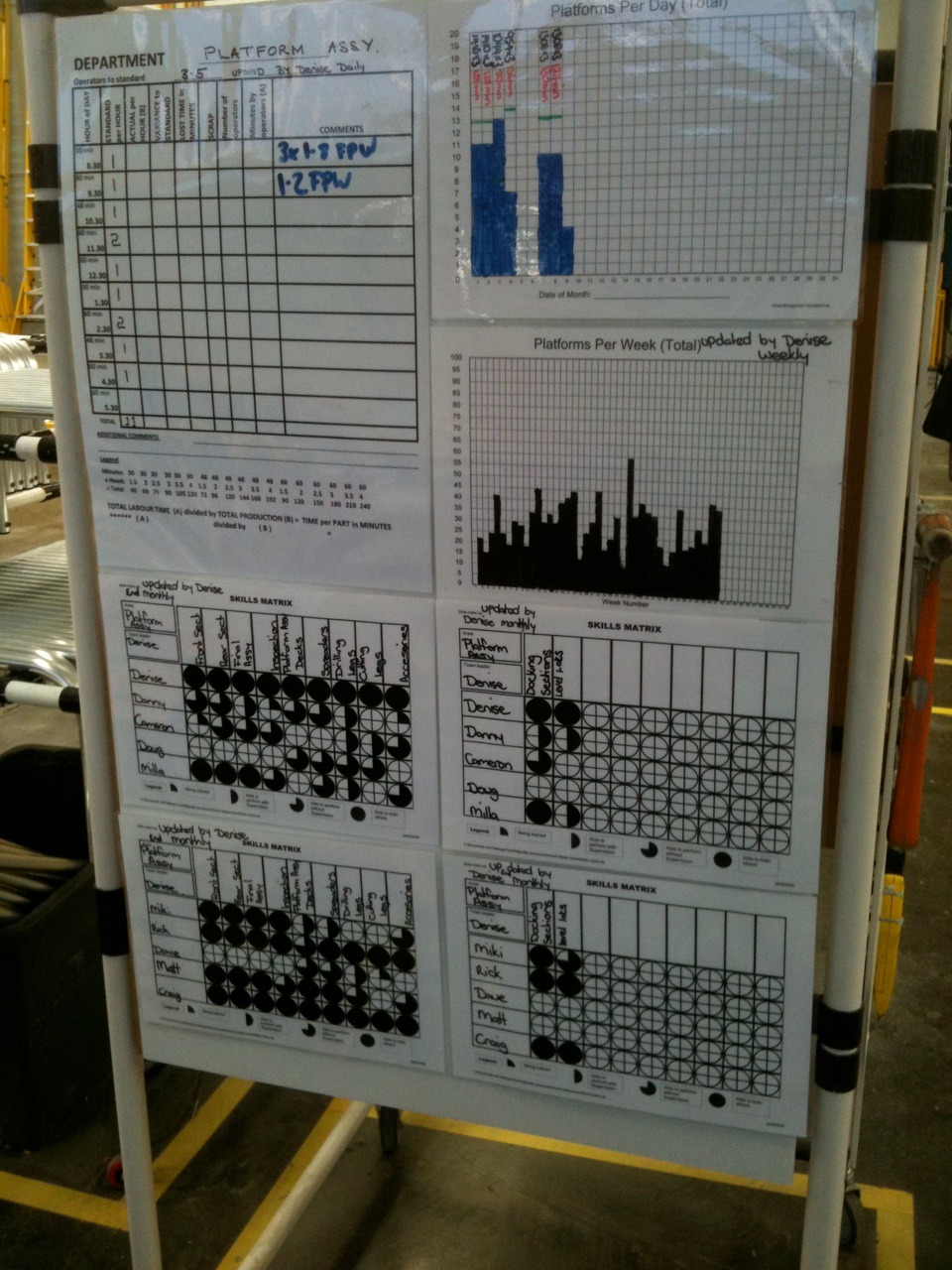Reviewing Your Skills Matrix: An Example
How we identify the skills needed for our standard tasks and how we train our people up in these skills becomes critical as we develop processes and standard ways of working to optimise our efficiencies and workflow.
Effectively using a skills matrix is key to developing your people to meet these new challenges. Here we’ll look at what a skills matrix is and run you through the type of review process you should adhere to when reviewing your Skills Matrix at a yearly interval.
We’ll also show you why it’s important and how to use a skills matrix to develop our people.
What is a Skills Matrix?
A skills matrix is a visual tool that identifies the key skills needed in each department and then recognises our team members and their level of competency against these skills. A good skills matrix can start the conversation about each person’s confidence with the tasks needed.
From here a training plan can be created to cross train your team members, providing job variety and a robust team that can still perform at the same level, even when people are away.
Reviewing the Tasks On the Skills Matrix
To begin the review (or create a new skills matrix) you run through all of the major tasks that are needed in one cell or area of production to complete a production unit. This list is tailored to the area and should encompass the skills of the workforce.
- drilling holes
- using measuring equipment
- assembly Widget A to Widget B
- old brackets
- printing labels
- kitting for assembly
This may seem like an overwhelming tasks to begin with; start with a small focused area (a production cell or area of production) and list the top level process steps.
Reviewing the People on the Skills Matrix
Once you have created your list of tasks, you can start to list the people who usually work in the area. For each of these tasks, we need to determine their skill level. We rank skill level into 4 levels:
- Being Training / Basic understanding (Level 1)
- Able to perform task with supervision (Level 2)
- Able to perform task without supervision (Level 3)
- Able to train others (Level 4)

Developing a Skills Matrix for Your Team
There are three key steps in developing a skills matrix
1. List Skills or Key Tasks
Preferably with your current team, identify the key skills or tasks need to complete the main range of products made in this department.
Of course, we realise that it will depend on a number of factors as to what work is done where, but make the list fairly broad, including the use of key pieces of equipment.
2. Evaluate Your Team Against the 5 Levels
With each person, or as a team if your team is comfortable with this, step through each skill and note the level of competency for each person.
None – person hasn’t completed the task or doesn’t need to 1st quarter – being training in skill 2nd quarter – can perform skill with supervision 3rd quarter – able to perform skill without supervision Full – is fully competent and can train others.
3. Review with Each Person and Put On Display
If you haven’t completed the skills matrix as a team, now take the time to review your evaluation with each person. Let them tell you how they feel they perform each task. Do they feel they need further training?
Would they like more training in one or more areas that they don’t currently work in? Use this discussion to get a feel for how each person is feeling about the team and the work. Depending on your company culture, add your new skills matrix to your Visual Management Board. Making it visible helps remind the team where you are and where you are heading.
Develop a Training Plan
Developing a training plan is the next important step when reviewing our skills matrix. Identify where you have sufficient coverage of skills and the areas where you need more people trained in which tasks. As with any plan, we need to identify:
- Who is trained,
- What are they to be trained in
- Who will do the training
- When will the training take place
- How do we determine the person has been adequately trained
Using our standard work documentation makes the training task much easier and lets the operators focus on the skill in the tasks, rather than trying to remember the finer details. Deciding to post the skills matrix on the Visual Management Board will depend on your company culture.
While these continuous improvement tasks may seem like huge projects, they are easily broken into small tasks that can be delegated. The challenge is to reeve progress regularly and not let production be used as an excuse.








